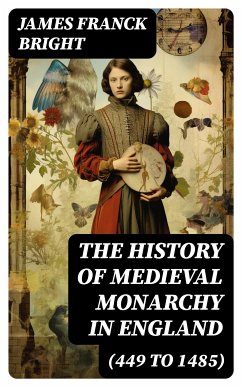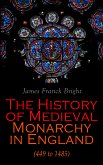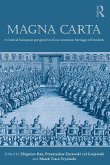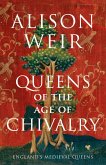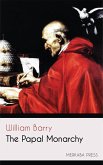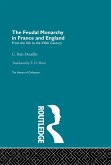In "The History of Medieval Monarchy in England (449 to 1485)," James Franck Bright offers a meticulous examination of England's monarchical evolution from the end of Roman rule to the onset of the Tudor dynasty. Bright employs a narrative style that skillfully interweaves political events with sociocultural developments, providing a comprehensive context for the transformative periods of Anglo-Saxon rule, Norman Conquest, and the Plantagenet age. His prose is characterized by clarity and precision, effectively engaging readers while navigating complex historical narratives, making this work a foundational text in the field of medieval studies. James Franck Bright, a noted historian and scholar in English medieval politics, draws from a rich background in classical literature and historical analysis. His extensive studies at the University of Cambridge and his prolific writing on medieval themes illuminate the motivations behind this work. Bright's dedication to historical accuracy and his nuanced understanding of the feudal system contribute greatly to this ambitious endeavor, establishing him as a prominent figure in the academic narrative of English history. This book is highly recommended for scholars, students, and enthusiasts of medieval history alike. Bright's authoritative yet accessible treatment of the subject not only enriches our understanding of England's monarchy but also invites deeper reflection on the interplay between power, society, and culture, providing a valuable resource for any historical inquiry.
Dieser Download kann aus rechtlichen Gründen nur mit Rechnungsadresse in A, B, BG, CY, CZ, D, DK, EW, E, FIN, F, GR, H, IRL, I, LT, L, LR, M, NL, PL, P, R, S, SLO, SK ausgeliefert werden.

